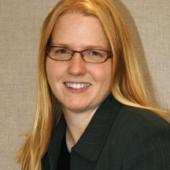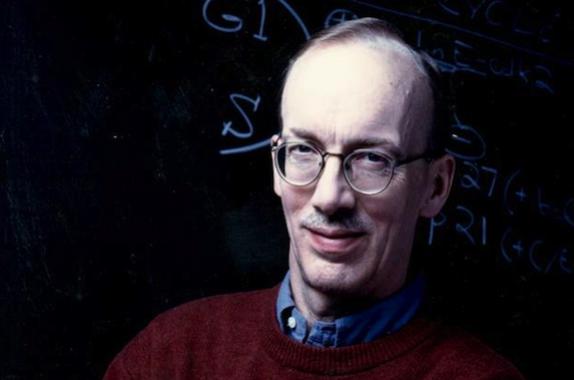
The award is presented to an individual who embodies the spirit of James Bailey, one that is a pioneer, a mentor, an innovator, an integrator of biology and engineering, a teacher, and whose achievements have provided a major impact to the field of biological engineering.
The Society for Biological Engineering is happy to announce Dr. Kristi S. Anseth as the winner of the 2013 James E. Bailey Award for her outstanding contributions in the development of novel photo-crosslinkable biomaterials for regenerative medicine, tissue engineering applications and for leadership in the application of chemical engineering principles for biomedicine."
Presentation: "Engineering Cell Niches in a Couple of Clicks"
Methods for culturing mammalian cells in a biologically relevant context are increasingly needed to study cell and tissue physiology, expand and differentiate progenitor cells, and to grow replacement tissues for regenerative medicine. Two-dimensional culture has been the paradigm for in vitro cell culture; however, evidence and intuition suggest that cells behave differently when they are isolated from the complex architecture of their native tissues and constrained to petri dishes or material surfaces with unnaturally high stiffness, polarity, and surface to volume ratio. As a result, biologists are often faced with the need for a more physiologically relevant 3D culture environment, and many researchers are realizing the advantages of hydrogels as a means of creating custom 3D microenvironments with highly controlled chemical, biological and physical cues. Further, the native ECM is far from static, so ECM mimics must also be dynamic to direct complex cellular behavior.
In general, there is an un-met need for materials that allow user-defined control over the spatio-temporal presentation of important signals, such as integrin-binding ligands, growth factor release, and biomechanical signals. Developing such hydrogel mimics of the ECM for 3D cell culture is an archetypal engineering problem, requiring control of numerous properties on multiple time and length scales important for cellular functions. New materials systems have the potential to significantly improve our understanding of how cells receive information from their microenvironment and the role that these dynamic processes may play in controlling the stem cell niche to cancer metastasis. This talk will illustrate our recent efforts to advance hydrogel chemistries for 3D cell culture and dynamically control biochemical and biophysical properties through orthogonal, photochemical click reaction mechanisms.

